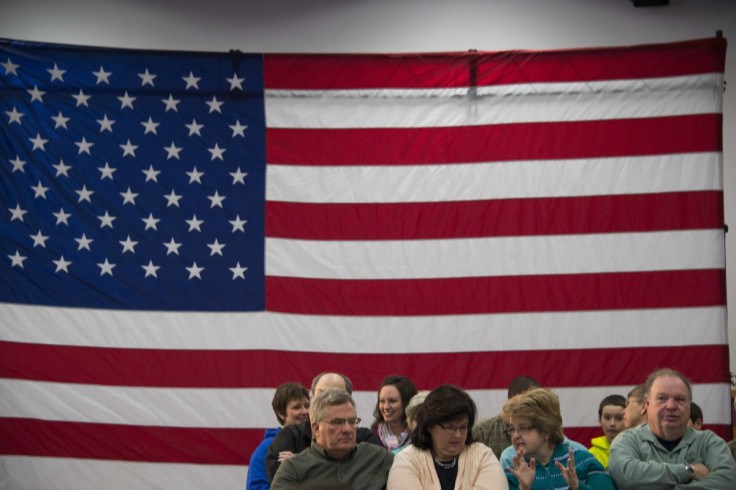US election 2016: Everything you need to know about the Iowa Caucus

The Iowa Caucuses are just four days away from kickstarting a key stage in the US presidential elections. But what exactly is a caucus and how will Iowans choose their Republican or Democratic candidates?
Registered Republicans and Democrats throughout Iowa will head to their local community centres, churches and gymnasiums to express their choice of candidate for president.
There are 1,681 precincts that will hold caucuses beginning on 1 February at 7pm CST/1am GMT. Democrats hold 1,100 of those spots, and Republicans hold 900. In addition, Democrats will hold a "tele-caucus" for voters living overseas and "satellite caucuses" at different locations that have a number of employees working overnight shifts. The caucuses have no scheduled end time.
The two parties have different ways in conducting their caucuses, although their definitions of a caucus are similar.
The Democratic Party of Iowa (IDP) describes a caucus as an "organisational gathering of neighbours ... where Democrats meet to conduct party business and declare their Presidential preference." Meanwhile, the Republican Party of Iowa describes it as "a meeting of a group of persons in the same political party who select candidates or decide policy."
The Democratic caucus is far more complicated than the Republican caucus. Candidates must vie for a set number of county convention delegates, which is determined by the turnout during the recent presidential and gubernatorial elections. That number is turned into a "state delegate equivalent". The Democratic candidate who gets the highest number of state delegate equivalents "wins" the Iowa caucus.
However, getting those state delegate equivalents is not a simple task. First, voters arrive at their precinct site and divide into presidential preference groups for their candidates.To receive any delegates from the precinct, candidates must be "viable" — they must have the support of at least 15% of those in attendance. If they are not viable, their supporters can either attempt to win over other attendees or switch their support. Caucus participants can also remain uncommitted.
The Republican caucus is simpler. Caucus attendees arrive at their precincts, where they hear messages of support from either the candidates themselves, a campaign representative or a supporter. Attendees then cast a ballot for their candidate. National convention delegates are divided proportionally based on the ballot results.
The results of the precincts will be reported by a new mobile app the parties created through a partnership with Interknowlogy and Microsoft. It is impossible to predict turnout for the caucuses. In 2012, 121,503 Republicans participated (almost 20% of registered Republicans at the time) and in 2008, 239,872 Democrats participated (nearly 40% of registered Democrats).
Participants must be registered members of either party, but both parties offer same-day registration for anyone 18 years or older who is eligible to vote.
© Copyright IBTimes 2025. All rights reserved.






















